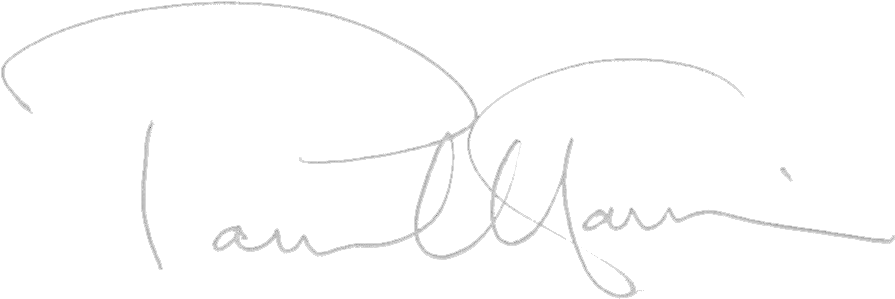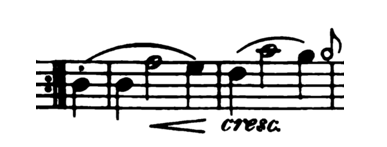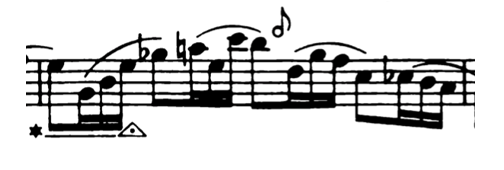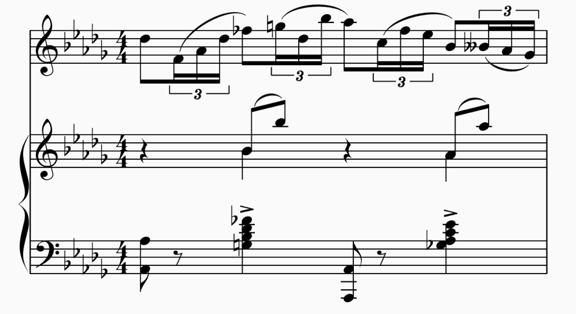Welcome to this third blog considering the content of my new book, The Clarinet. The aim of the book is to present a really thorough discussion of all aspects of clarinet playing, to explain what really happens as we play (much of that scientifically) and how we can learn to develop real control of this wonderful instrument.
In this article we shall consider the chapter entitled ’Intonation and playing in tune’. So first of all … can we improve our basic sense of intonation? Many may lack a certain confidence over their sensitivity to hearing precise intonation. The answer is we can (try my strategy involving a simple electronic tuning device and a daily exercise!)
And once we do feel confident in hearing and judging intonation, there is much we can do both in the matters of playing in tune and manipulating intonation in very particular and effective ways. It’s important to remember that, unlike the piano, but like (maybe surprisingly) a string instrument, we (the player) have much responsibility over our intonation– as does the ambient temperature and what other instruments we happen to be playing with!
When playing with strings, or indeed in any ensemble that doesn’t include the piano (which of course is tuned to equal temperament), it’s possible to explore more natural tunings (known as ‘just’ or ‘pure’ intonation) that blend to make very pure and beautiful harmony. In the book I give a table that compares equal temperament (the fixed intonation found on a well-tuned piano for example) where all the semitones are (necessarily) tuned equally and pure intonation. Without going into too much detail here, if you start with a low note on the piano and then tune each ascending fifth exactly, by the time you get to the top and arrive back at the same note you began with, you’ll find those notes were not the same! So, some adjustments are made – this is equal temperament. But we can tune to a something closer to pure temperament. It’s a very small difference but the harmony produced can be very beautiful. You’ll hear this in a choir who are trained to sing to pure intonation. A pure major third, for example, is 14 cents (14 parts in a 100) lower than an equal tempered one. A minor second is 29 cents lower – these are gradations of a tone that are audible. It’s a really fascinating aspect of playing.
We can also consider tuning in relation to the different registers: chalumeau, throat, clarion, altissimo, and how best to control these. Then through exercises and studies, we can begin to ‘practise’ intonation.
Here is a simple intonation challenge that will help build confidence in your ability to say whether a note is sharp or flat. You’ll need a piano or, preferably, a fellow clarinet player!
• Pull the barrel out by about 5mm (about 1/4 inch). This will make all notes sound flat. Play G2 (throat G) and compare it with the appropriate sounding note on the piano (in this case, the note F) or the same note from your fellow player (who shouldn’t change their barrel position). The increased length of the instrument will make you sound flat. Now push the barrel slightly further in and play G2 again. Compare. Keep pushing the barrel in until the tuning of G2 sounds correct. Do not use any resonant fingerings when you do this exercise.
• Using a short barrel pushed right in, play G2 again. It will be sharp, because the instrument length has decreased. This time gradually pull the barrel out and compare with the piano or your colleague until the tuning sounds correct.
To learn more, buy a copy of The Clarinet here: https://www.fabermusic.com/shop/paul-harris-the-clarinet-p439043





















